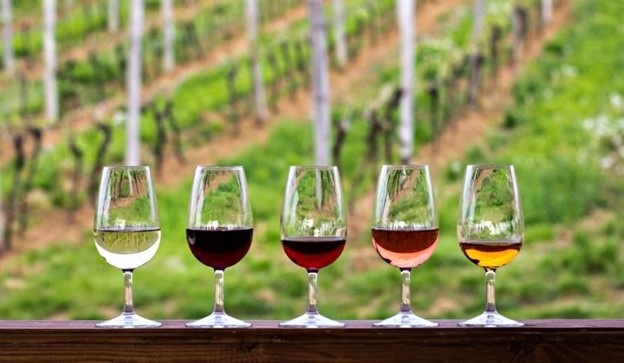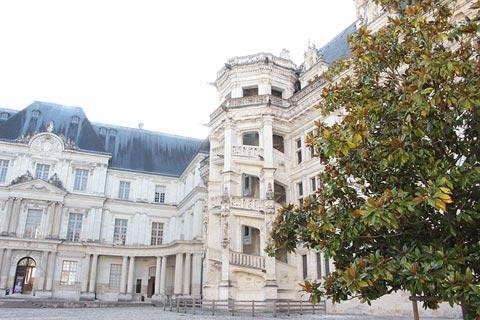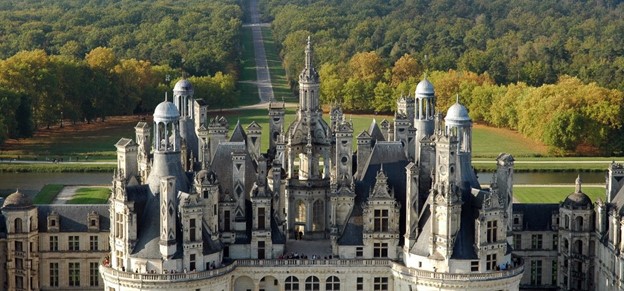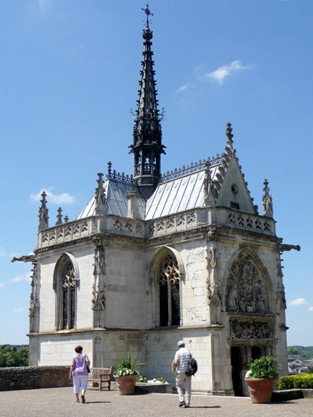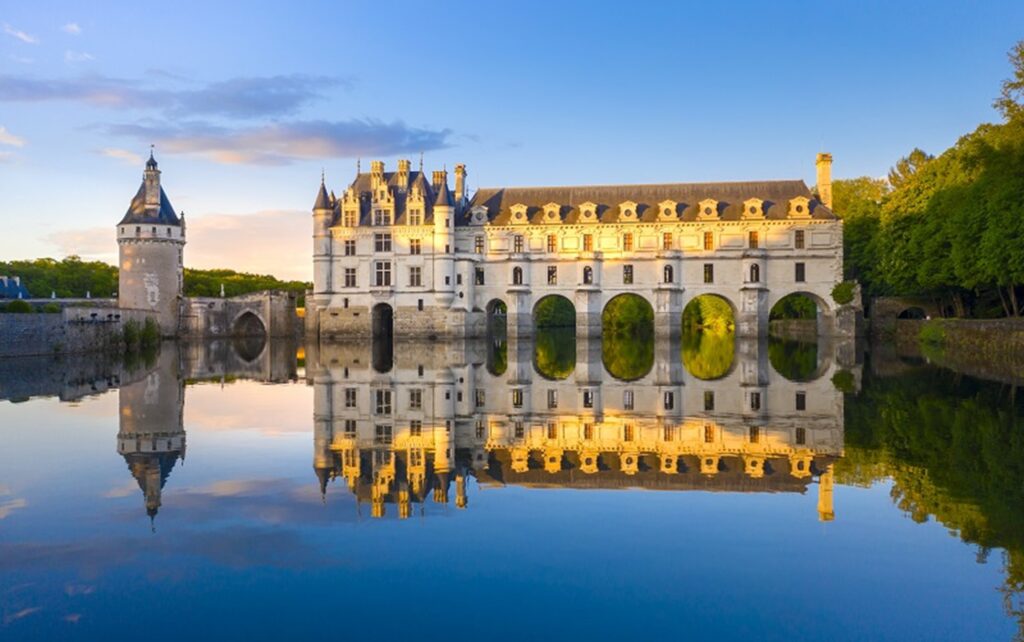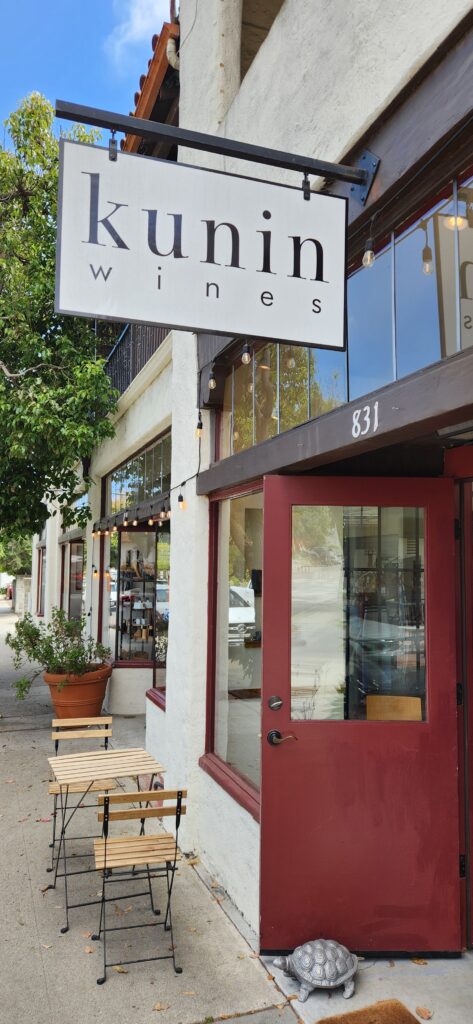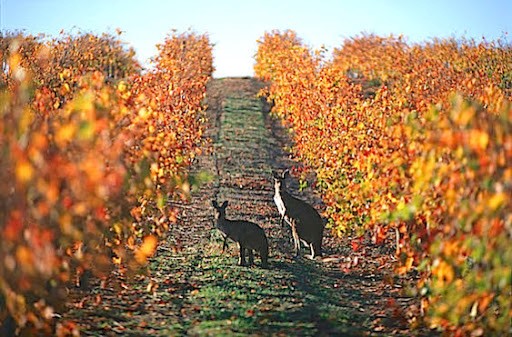There is a cycle to life from infancy to youth to adulthood to old age. In information technology, we speak of a systems development life cycle. The Museum of Modern Art in New York recently presented “Life Cycles: The Materials of Contemporary Design”. Well, there’s a life cycle for wine tasting – at least for wine tasting visits – that enthusiasts ought to think about. Here are the phases of that cycle.
- Anticipation. For us, we start looking forward to our next visit to Wine Country almost as soon as we return home from the last one. Of course, Wine Country is a large place, so we first have to decide where to go next. We generally try to go to California at least once a year, but that state is a large place with many wine-tasting destinations itself, so we have to choose.
- Planning. Once that decision is made, we have to plan our next visit. If we’re going to a place we’ve been before, do we return to old favorites or try to find new ones? If we’re heading to somewhere new, we have to study maps and lists of wineries, most of which are just names to us. In that case, we need to consult the internet for reviews, recommendations and some descriptions of the wines and wineries in the region we are to visit.
- Tasting. This is the best phase of the life cycle but, alas, the shortest (unless you are a professional wine taster). So we savor every moment of it. Everything tastes a little better when we look at a vineyard while we sip, but we think we retain enough objectivity to recognize quality from plonk. If we’ve done a good enough job in the planning phase, there isn’t any poor wine at all.
- Remembering. This is the longest phase. Some people – not us – have good enough taste memory that they can precisely recall what they tasted. We rely on the bottles we shipped home, the clubs we’ve joined, the wines that we order in restaurants and a general recollection of what we liked and what we didn’t.
- Sharing. A corollary to remembering is sharing our memories. We have some friends who are interested, but we recognize that most people don’t care about the interesting Pinot Noir we tried in some faraway place that they’ll never see. Of course, sharing is what Power Tasting is all about, so we hope you enjoy our memories.
And so it starts over again, as is the nature of cycles. Every wine tasting trip is unique, even if we return to the same regions and wineries repeatedly. Sometimes a wine tasting trip is akin to visiting family and old friends. There are few surprises but there are always changes, some subtle and some rather more extensive. As with wine, there are excellent years and less good ones. (Rarely are there truly bad ones.) Then there is the excitement of visiting new friends, who over time become old ones. Yet another cycle.
